While winter may bring cold temperatures, snowy days and a resounding stillness to the Greater Yellowstone Ecosystem, it is also undoubtedly one of the most exciting seasons to go on a wildlife safari.
Yellowstone in winter is an extreme, exclusive place. Of the 300 miles of road in the Park, only 50 miles are open to regular vehicles between the months of November to April. A full-day winter tour with Yellowstone Safari Co. focuses on this region, the spectacular Northern Range between Mammoth Hot Springs and Cooke City, Montana, where some of the best wildlife viewing in North American can be found.
The Greater Yellowstone Ecosystem is a region steeped in history and wildness, where nature thrives as it did prior to human settlement. On your safari you will have an opportunity to view hundreds, if not thousands, of large mammals and other wildlife, including herds of bison and elk, gray wolves, mule deer, moose, bighorn sheep, mountain goats and more.
Nowy Jork
Badać
 Wyjątkowe doświadczenia
Wyjątkowe doświadczenia
 Usługi podróżnicze i transportowe
Usługi podróżnicze i transportowe
 Wycieczki, zwiedzanie i rejsy
Wycieczki, zwiedzanie i rejsy
 Bilety i karnety
Bilety i karnety
 Bilety i karnety na wydarzenia sportowe
Bilety i karnety na wydarzenia sportowe
 Mała grupa
Mała grupa
 Sezonowe i specjalne okazje
Sezonowe i specjalne okazje
 Zastosowano środki sanitarne
Zastosowano środki sanitarne
 Zajęcia na dworzu
Zajęcia na dworzu
 Prawdopodobne do wyprzedania
Prawdopodobne do wyprzedania
 Wycieczki przyjazne LGBT
Wycieczki przyjazne LGBT
 Przyjazne dla dzieci
Przyjazne dla dzieci
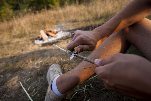 Obejmuje zwierzęta
Obejmuje zwierzęta
 Dobre do unikania tłumów
Dobre do unikania tłumów
 Jedzenie picie
Jedzenie picie
 Świetna jakość
Świetna jakość
 Zajęcia i warsztaty
Zajęcia i warsztaty
 Najlepsza konwersja
Najlepsza konwersja
 Przewodniki audio
Przewodniki audio
 Sztuka i kultura
Sztuka i kultura
 Viator Plus
Viator Plus
 Sustainable Tours
Sustainable Tours
 Limousine Transfers
Limousine Transfers
 Donut Walking Tour
Donut Walking Tour
 Virtual Experiences
Virtual Experiences
 Additional fees
Additional fees
 DSA non-compliant
DSA non-compliant
 Wyjątkowe doświadczenia
Wyjątkowe doświadczenia
 Usługi podróżnicze i transportowe
Usługi podróżnicze i transportowe
 Wycieczki, zwiedzanie i rejsy
Wycieczki, zwiedzanie i rejsy
 Bilety i karnety
Bilety i karnety
 Bilety i karnety na wydarzenia sportowe
Bilety i karnety na wydarzenia sportowe
 Mała grupa
Mała grupa
 Sezonowe i specjalne okazje
Sezonowe i specjalne okazje
 Zastosowano środki sanitarne
Zastosowano środki sanitarne
 Zajęcia na dworzu
Zajęcia na dworzu
 Prawdopodobne do wyprzedania
Prawdopodobne do wyprzedania
 Wycieczki przyjazne LGBT
Wycieczki przyjazne LGBT
 Przyjazne dla dzieci
Przyjazne dla dzieci
 Obejmuje zwierzęta
Obejmuje zwierzęta
 Dobre do unikania tłumów
Dobre do unikania tłumów
 Jedzenie picie
Jedzenie picie
 Świetna jakość
Świetna jakość
 Zajęcia i warsztaty
Zajęcia i warsztaty
 Najlepsza konwersja
Najlepsza konwersja
 Przewodniki audio
Przewodniki audio
 Sztuka i kultura
Sztuka i kultura
 Viator Plus
Viator Plus
 Sustainable Tours
Sustainable Tours
 Limousine Transfers
Limousine Transfers
 Donut Walking Tour
Donut Walking Tour
 Virtual Experiences
Virtual Experiences
 Additional fees
Additional fees
 DSA non-compliant
DSA non-compliant




 pl
pl
 English
English
 Russian
Russian
 French
French
 Ukrainian
Ukrainian
 Serbian
Serbian

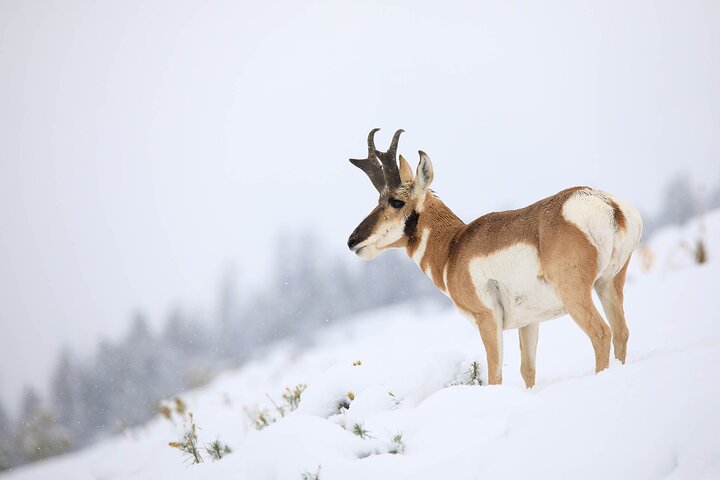
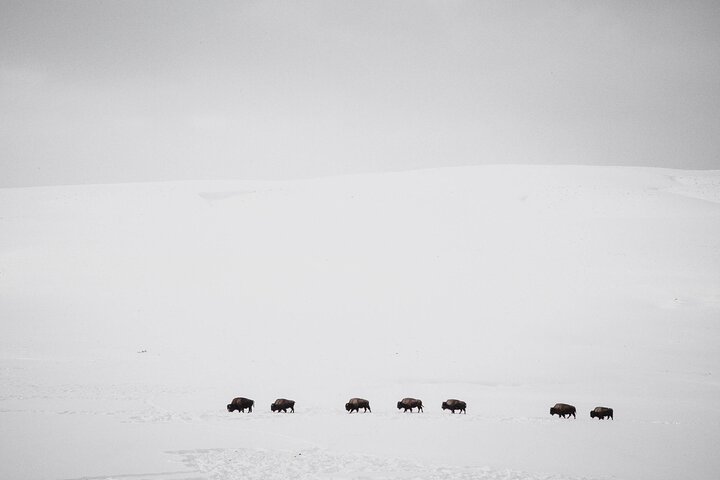

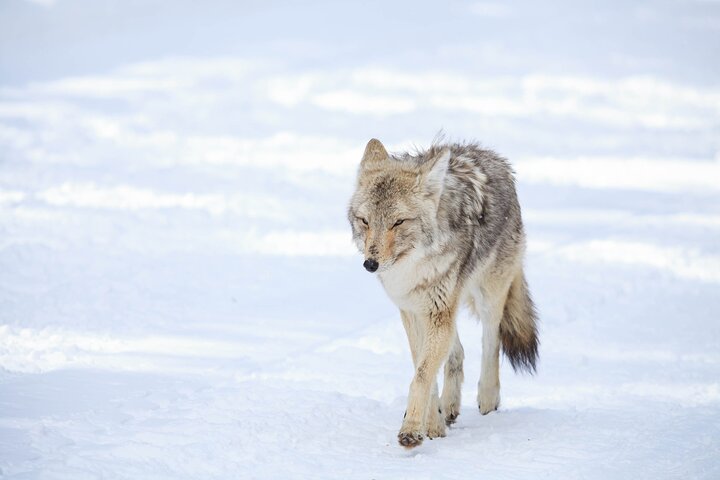
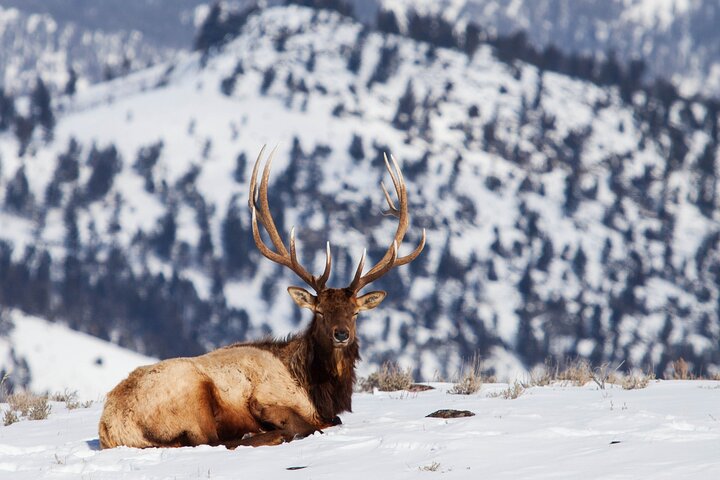
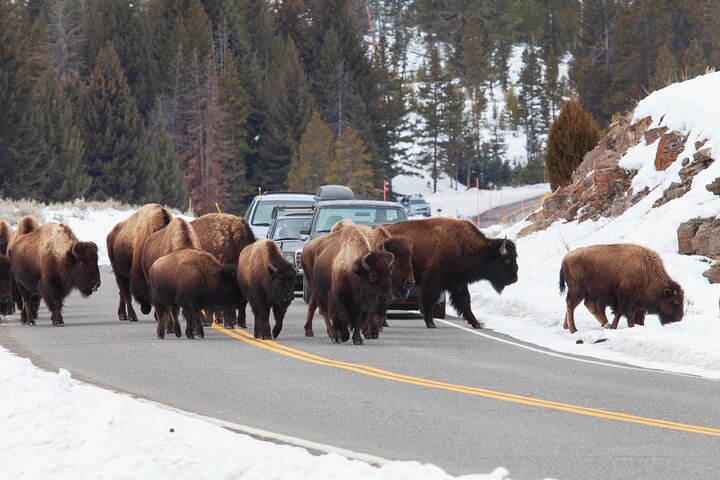
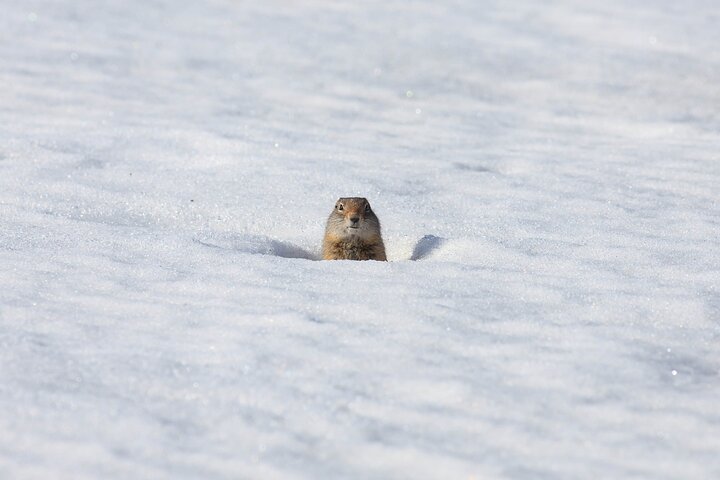
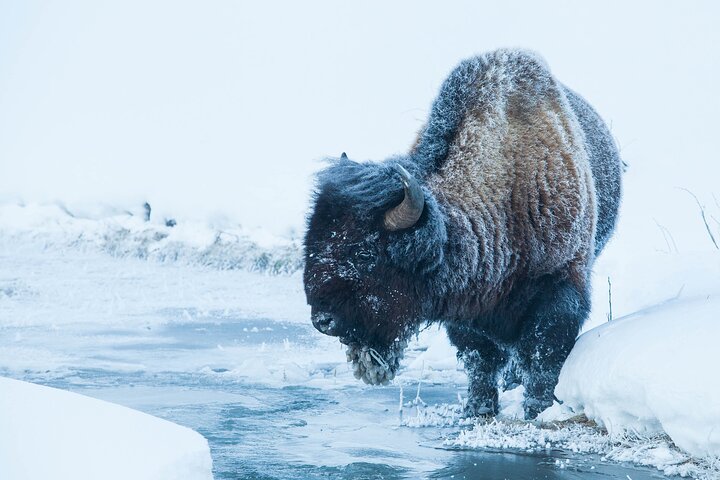
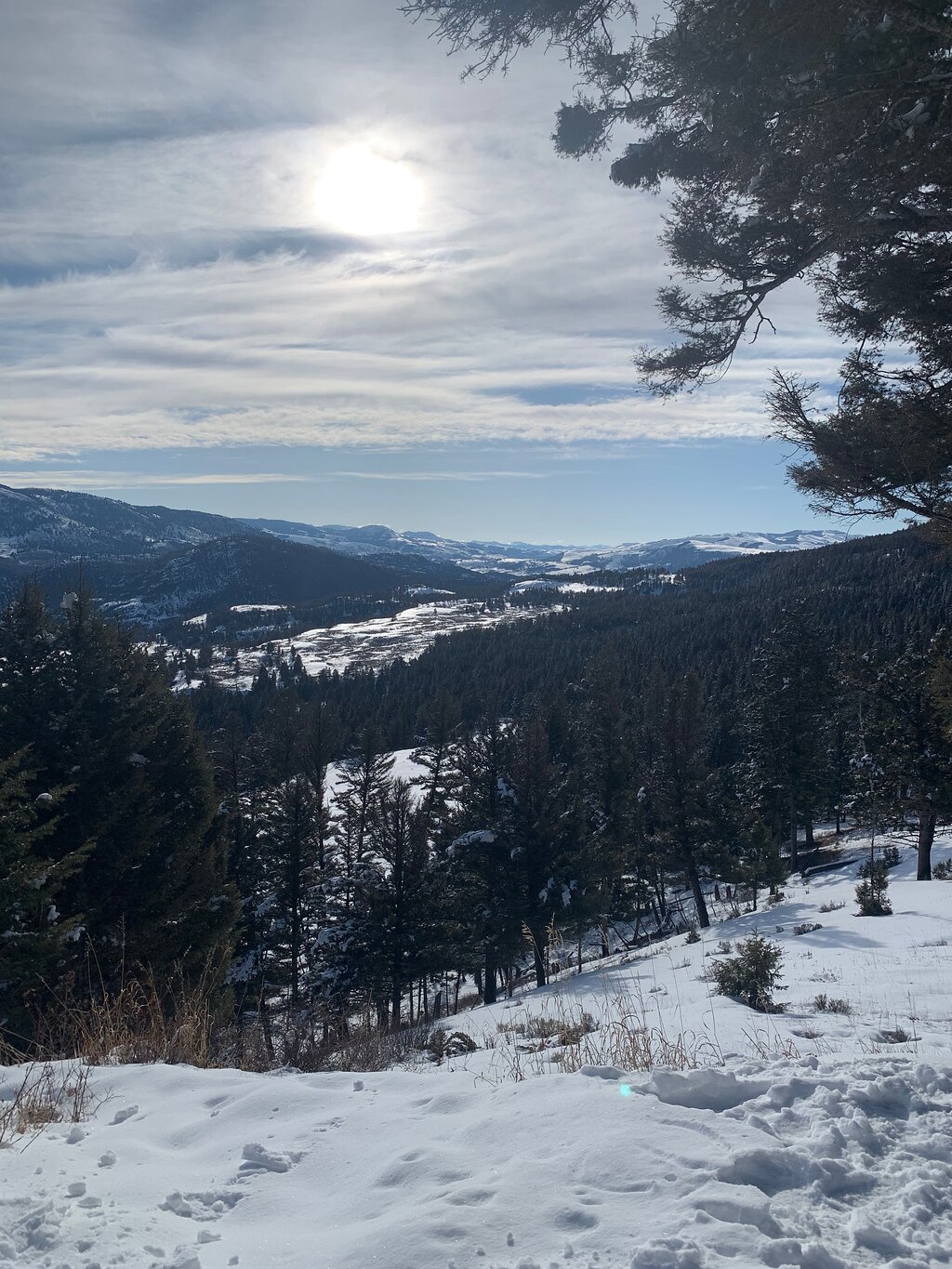
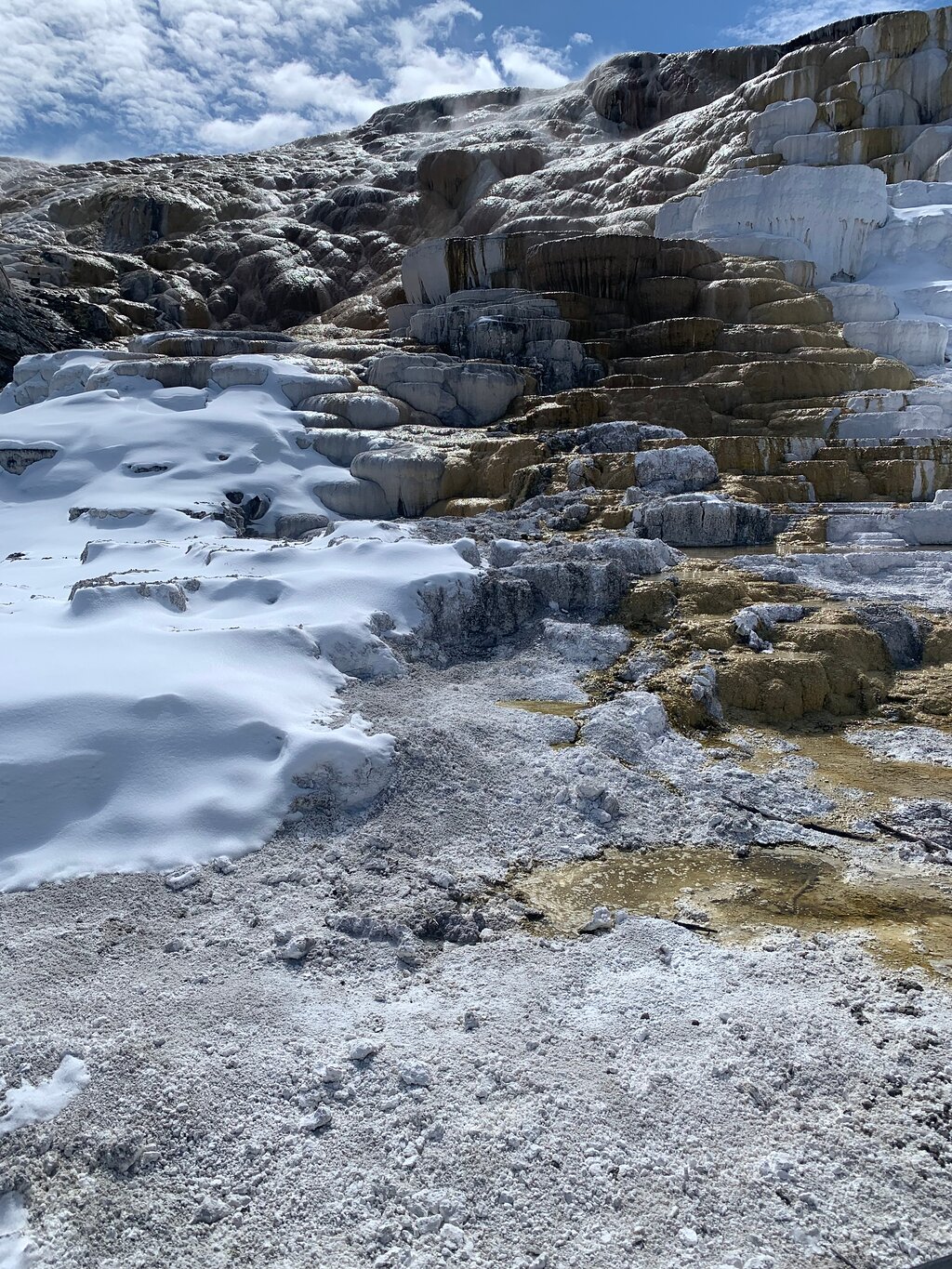
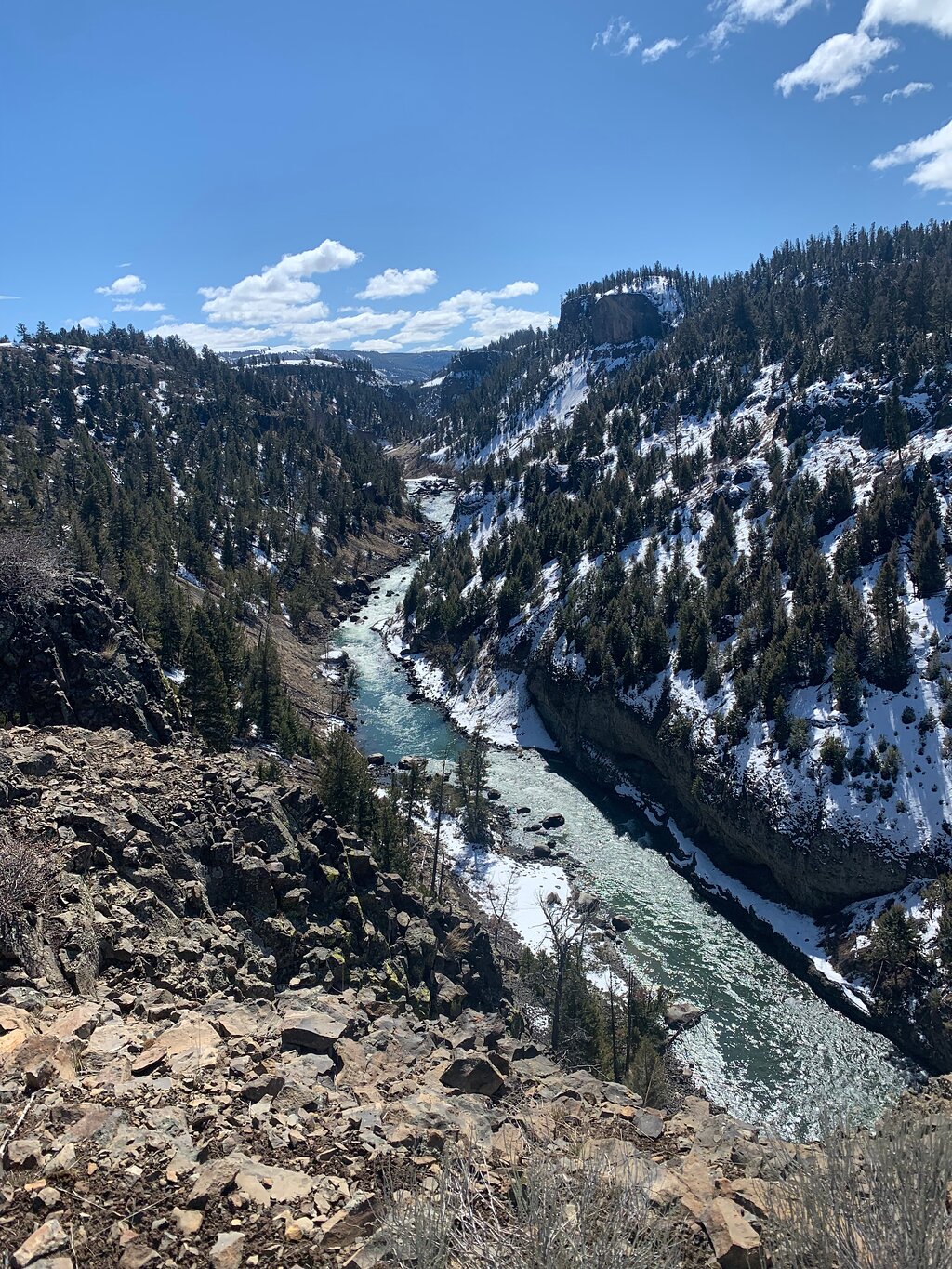
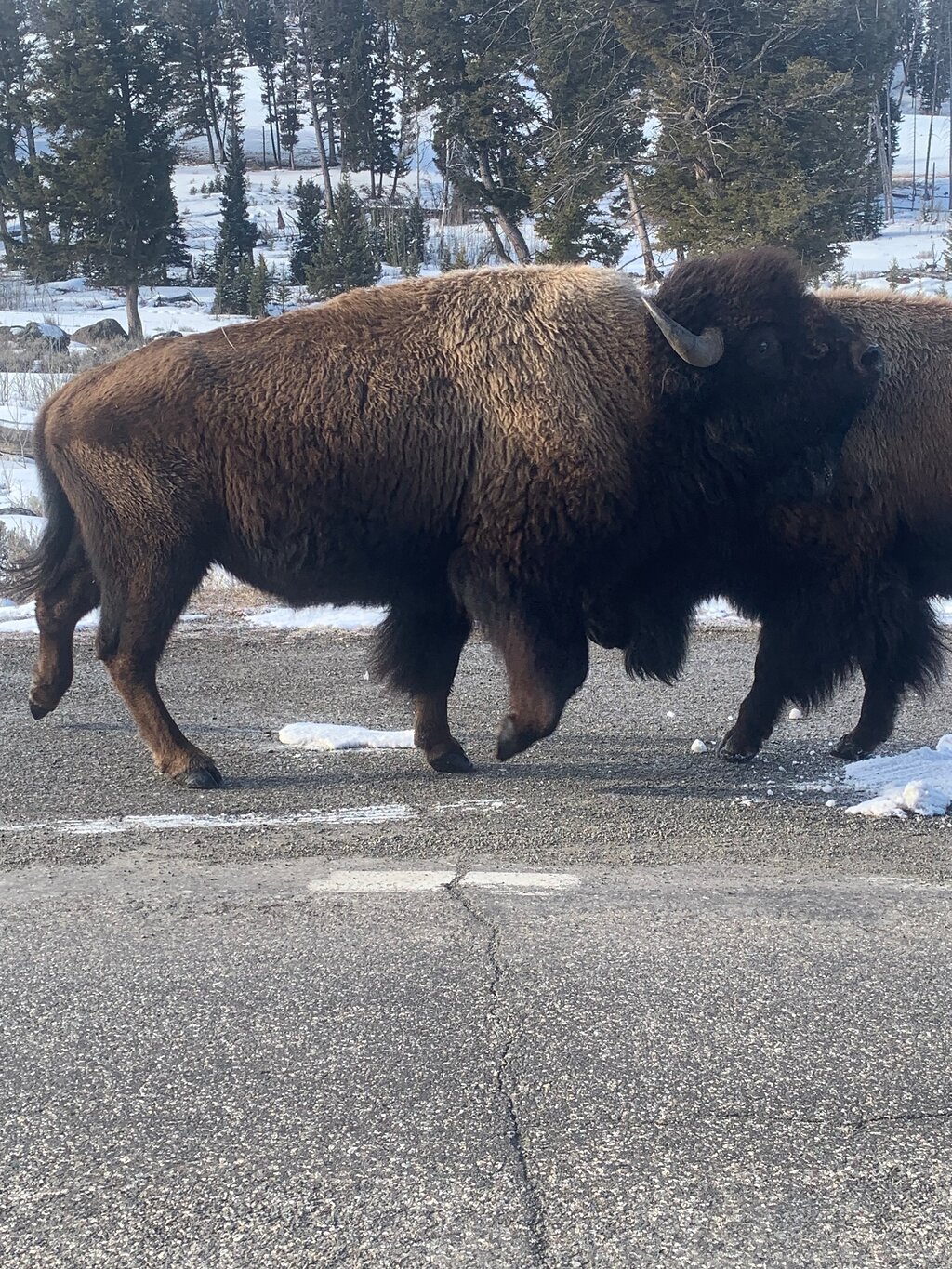

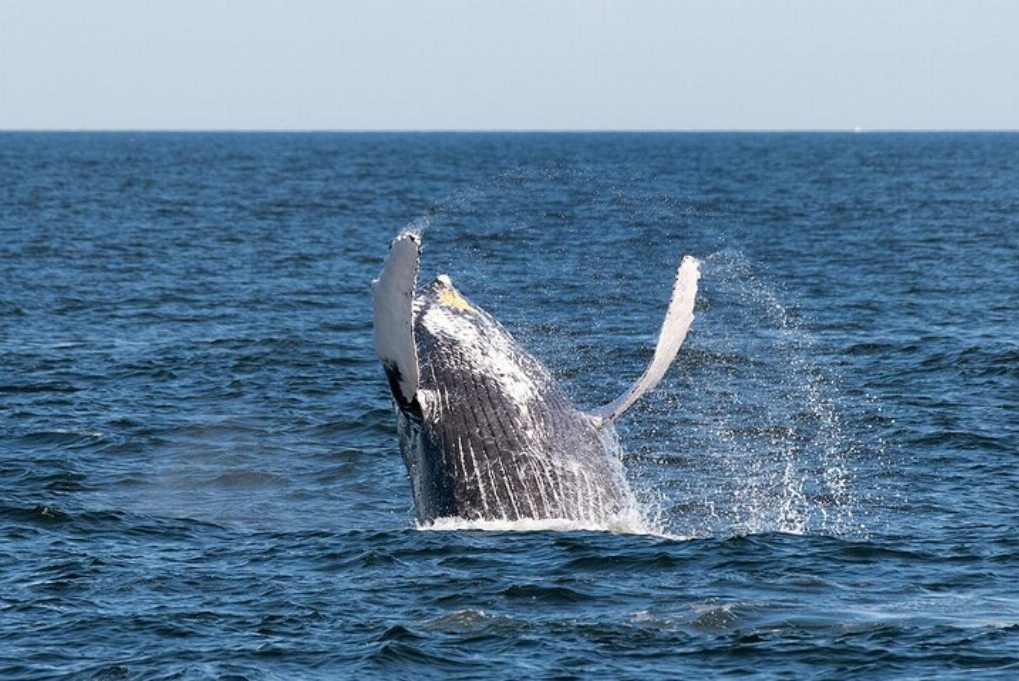

 Jeszcze
Jeszcze

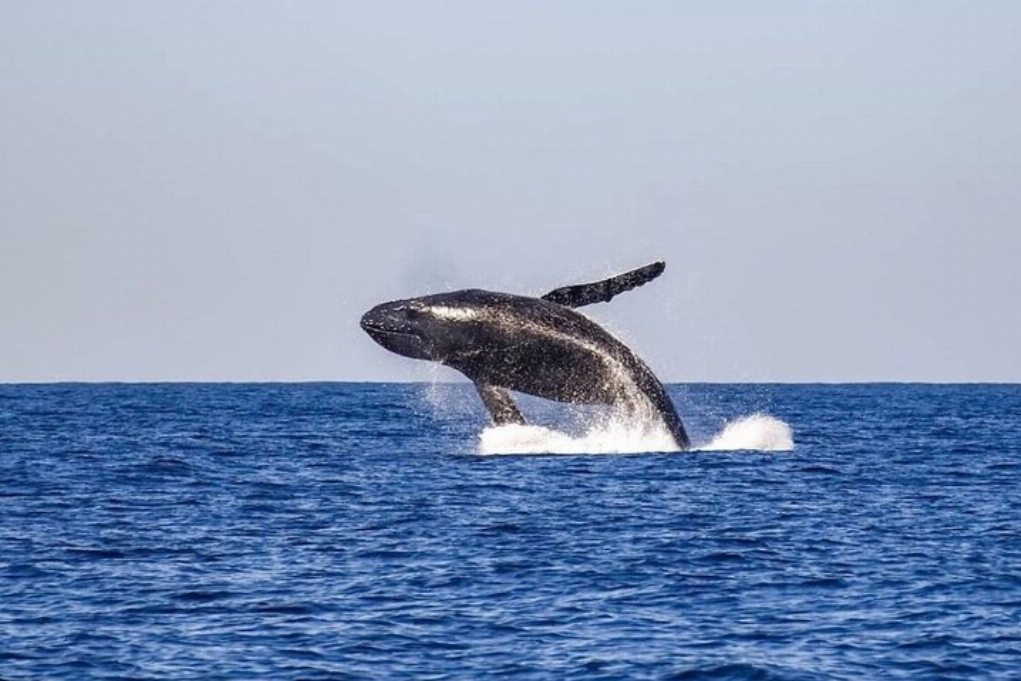
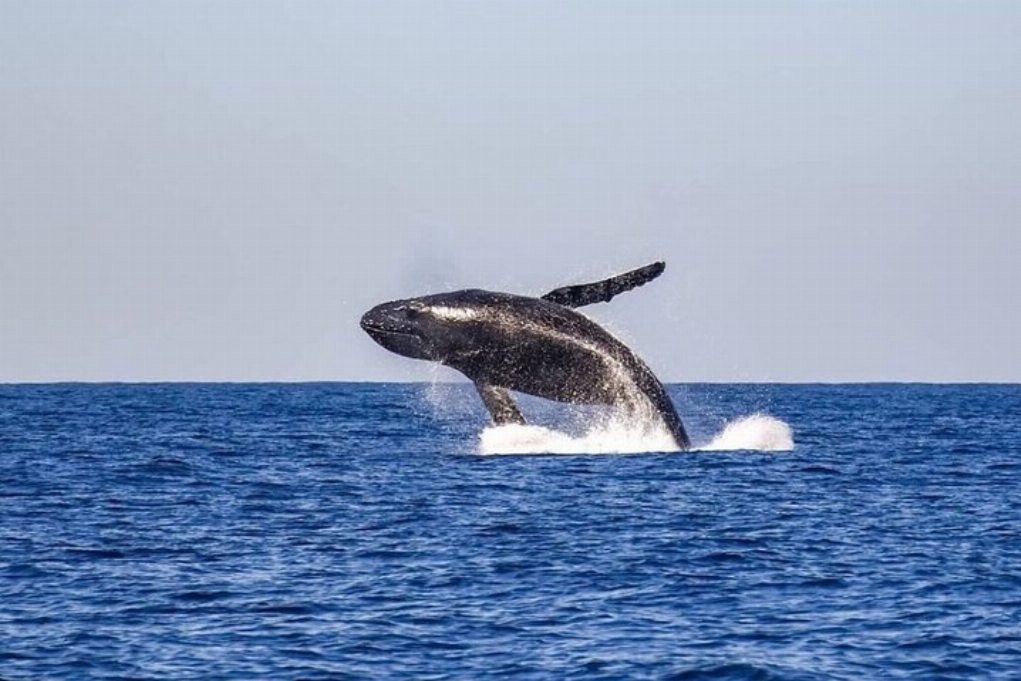
 Kontynuuj z Google
Kontynuuj z Google
 Kontynuuj z Facebookiem
Kontynuuj z Facebookiem
 Kontynuuj z Twitterem
Kontynuuj z Twitterem

